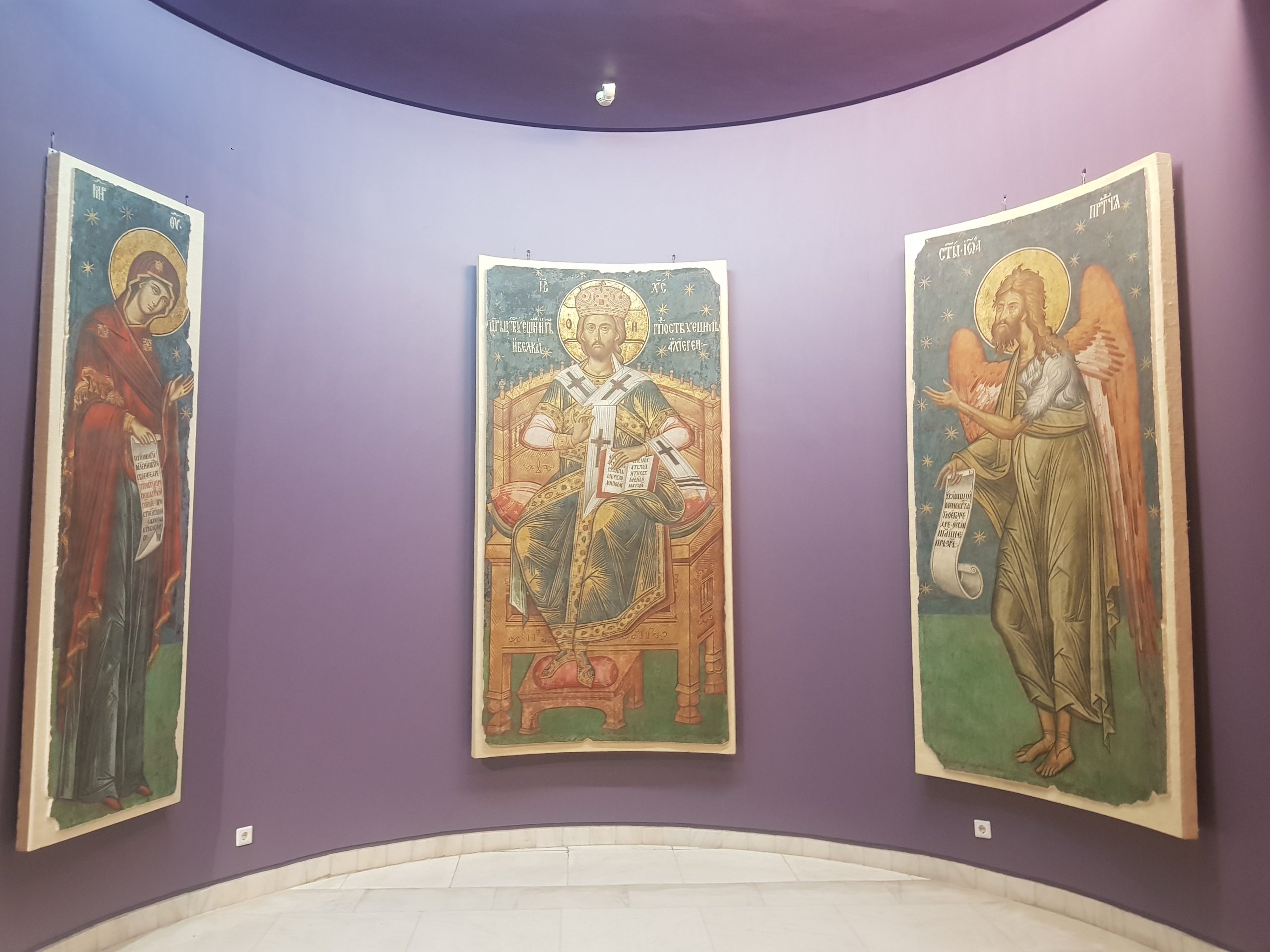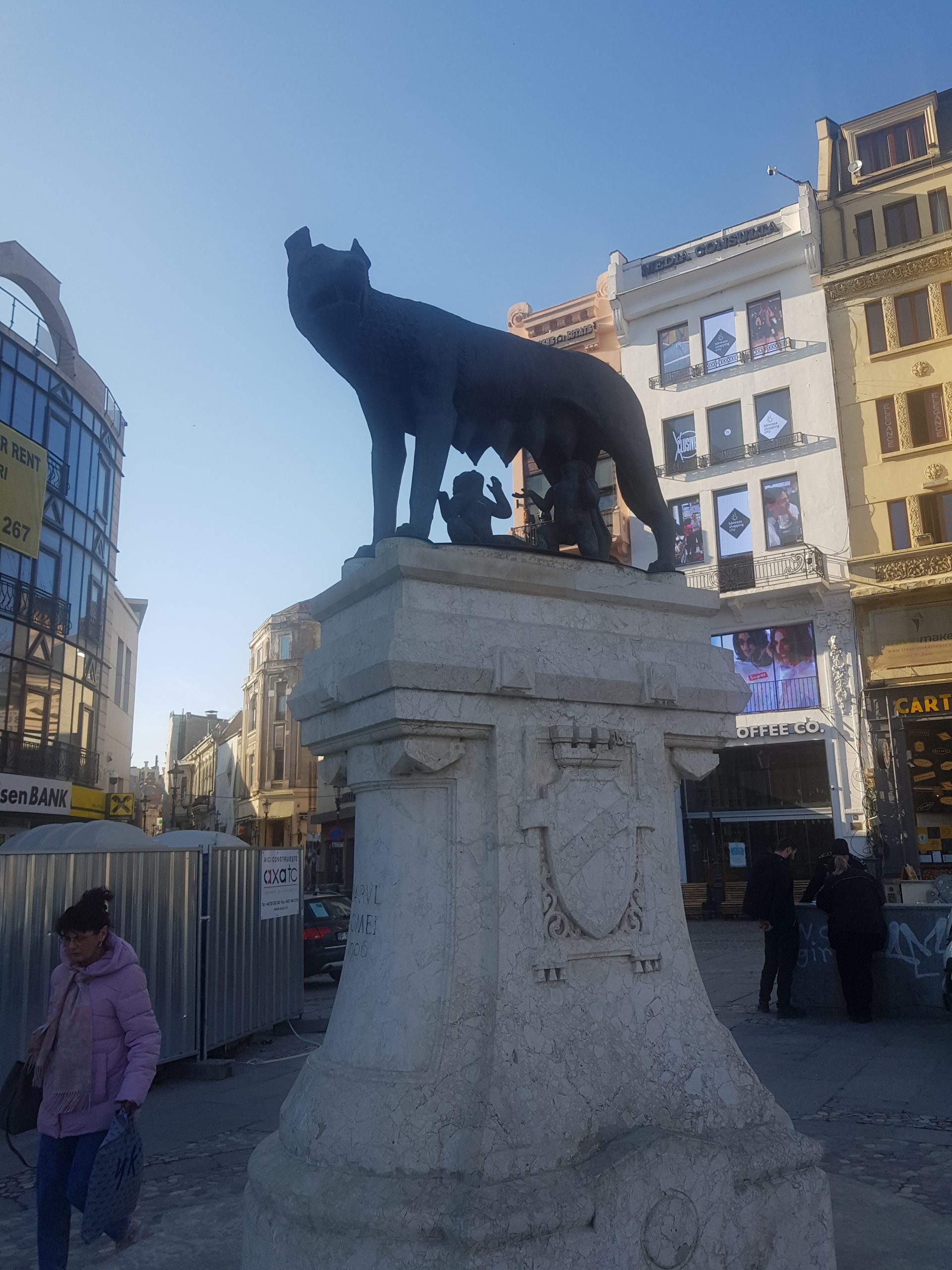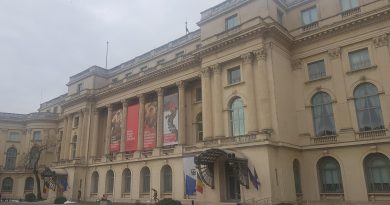Bucharest – Ceauşescu Mansion
For my final full day in Bucharest, I went on a tour of what was the private residence of Nicolae and Elena Ceauşescu, which was also lived in for a time by their children, Nicu, Zoia, and Valentin. The house, also known as the Spring Palace, was built in the mid 1960s and Ceauşescu had the property expanded in the early 1970s.
The outside of the house, which is an upmarket part of Bucharest, an area at the time where only communist officials could live.
The welcome at the entrance was very friendly from the staff, I had pre-booked a place on the tour and was pleased to find that this was all carefully noted. Protective bags are required over shoes to protect the carpets and even Ceauşescu didn’t wear shoes around the house. The tour I was on had four people on it, myself and a family of three, so it didn’t feel busy or congested.
Ceauşescu’s private office. The decoration is, well, a bit kitsch throughout the building, with the house being littered with presents from foreign dignitaries. In the room above there were plates given by HM Queen Elizabeth II, although more bizarre was the tour guide talking about the personal gift of a dog from David Steel. Frankly, the back story to this, where Steel was a personal guest of Ceauşescu at a time when his activities were already causing international concern shames the Liberal politician and it’s quite right that this story is related to visitors to the property.
Luminous lights and the bottom is a bell which Ceauşescu could press if he wanted anything. The tour guide said that two of the staff who used to work for the dictator are still at the house today, but are now managers.
The private dining area used by the dictator. The tour was long and went through many rooms, including the apartments of the three children.
After Ceauşescu was executed on 25 December 1989, this house was raided by members of the public and some items were lost. All of the TVs in the property were stolen, other than this one. It was a very expensive colour TV when new, a ridiculous acquisition as the dictator got it six years before Romanian TV broadcast in colour. Fortunately, on the looting front, the army managed to protect the property as it was initially thought that the country’s next President might like to live there.
This was the safe of Elena Ceaușescu, which was opened by the National Bank after she died, to prevent looters breaking into it. It had expensive jewels and possessions stored in it. This was the end of the tour in the older part of the house and it’s probably what most people at the time expected Ceaușescu to be living in, a comfortable, but modest house. He had made great play about how everyone was equal, but the tour then went to Ceaușescu’s little extension.
Nicolae’s private bathroom.
Elena’s private clothing room, she also had a large collection of shoes. The people of Romania it is said didn’t expect this level of opulence and it’s hard to find anyone who has anything positive to say about Elena at all. The young tour guide was professional and careful with his words, but even he was struggling to be polite about Elena.
Nicolae’s little shower area.
Bearing in mind that Romania was in economic crisis, it was clearly important that Nicolae had somewhere nice to sit inside the property to cope with the trauma his people were going through.
And Nicolae’s private swimming pool. As the nation crumbled, Nicolae demanded that two men spent two years creating the mosaics on the walls.
This was a marvellous tour, although expensive by Romanian standards, as it cost £11 for the one-hour guided tour. I thought that this was an excellently managed site and the guide was engaging and spoke fluent English. There is another tour, which goes around the underground cellars of the property, which had miles of tunnels to other parts of the city, but that was around £50 and seemed a little expensive. Maybe another time I’ll go on that though, as this was a fascinating property.


















